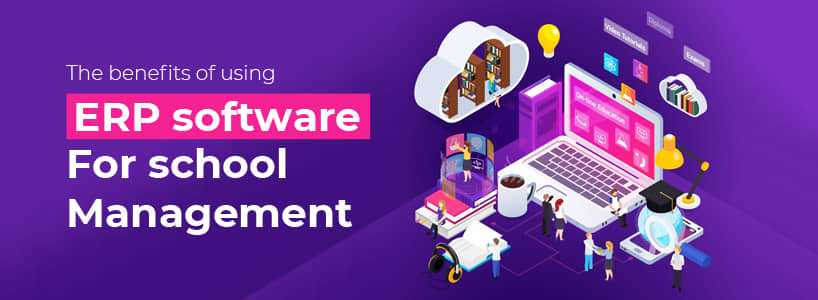1. Streamlined Administrative Processes
ERP software seamlessly integrates various administrative functions, from admissions and enrollment to fee management and attendance tracking. This centralized platform eliminates the need for fragmented systems, reducing paperwork and minimizing human error. Administrators can effortlessly manage student records, generate reports, and monitor critical data, leading to improved decision-making and enhanced operational efficiency.
2. Enhanced Communication and Collaboration
ERP software bridges the gap between school management, teachers, parents, and students, fostering a collaborative and transparent learning environment. Real-time updates, notifications, and messaging channels keep everyone informed about events, announcements, and progress reports. Parents can track their child's attendance, performance, and extracurricular activities, while teachers can communicate effectively with parents and colleagues, fostering a supportive learning community by Educational Technology.
3. Optimized Resource Management
ERP software streamlines resource allocation, ensuring that valuable assets are utilized effectively. Schools can manage staff schedules, track inventory levels, and optimize classroom utilization, leading to cost savings and improved efficiency. ERP software also provides insights into resource utilization patterns, enabling data-driven decision-making for future planning.
4. Improved Decision-Making through Data-Driven Insights
ERP software transforms raw data into actionable insights, empowering school management to make informed decisions. Comprehensive data analytics provide valuable insights into student performance, attendance trends, and resource utilization. These insights can be used to identify areas for improvement, personalize learning experiences, and allocate resources effectively.
5. Enhanced Student Engagement and Empowerment
ERP software empowers students to take ownership of their learning journey. Self-service portals allow students to access their academic records, schedules, and attendance information. They can also communicate with teachers, submit assignments, and track their progress, fostering a sense of responsibility and engagement.
6. Secure and Centralized Data Management
ERP software provides a secure and centralized repository for all school data, ensuring the integrity and confidentiality of sensitive information. Data access is controlled through role-based permissions, safeguarding sensitive information while providing authorized personnel with the information they need to perform their duties effectively.
7. Enhanced Reporting and Compliance
ERP software simplifies the generation of reports and compliance documents, streamlining the administrative burden and ensuring adherence to regulatory requirements. Customizable reports provide insights into various aspects of school operations, enabling data-driven decision-making and compliance with government regulations.
8. Future-Ready Infrastructure for Educational Growth
ERP software provides a scalable and adaptable infrastructure that can accommodate the ever-evolving needs of educational institutions. As schools grow and expand, ERP software can seamlessly integrate new modules and functionalities, ensuring that the system remains relevant and supportive of the institution's evolving needs.


1 thoughts on "Navigating the Educational Landscape with ERP Software: Unleashing Efficiency and Enhancing Learning"
Anand
30 March, 2024 at 9:05 pm
Thanks For the excellent article on ERP Solutions.
Cancel
Reply